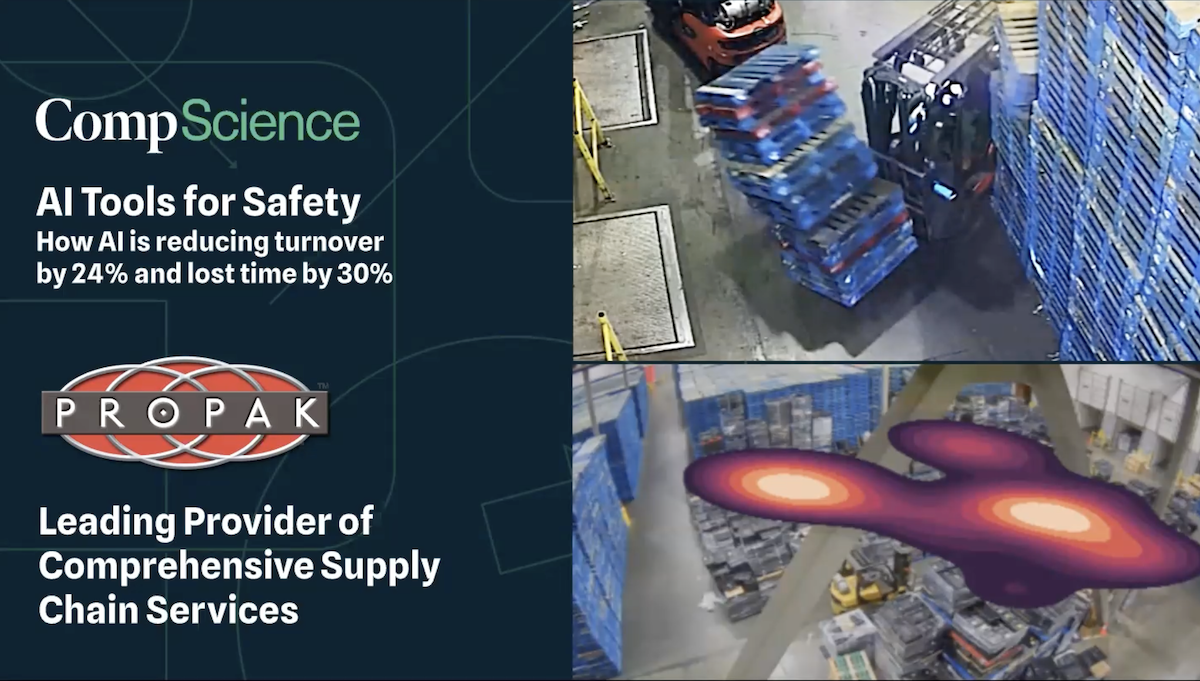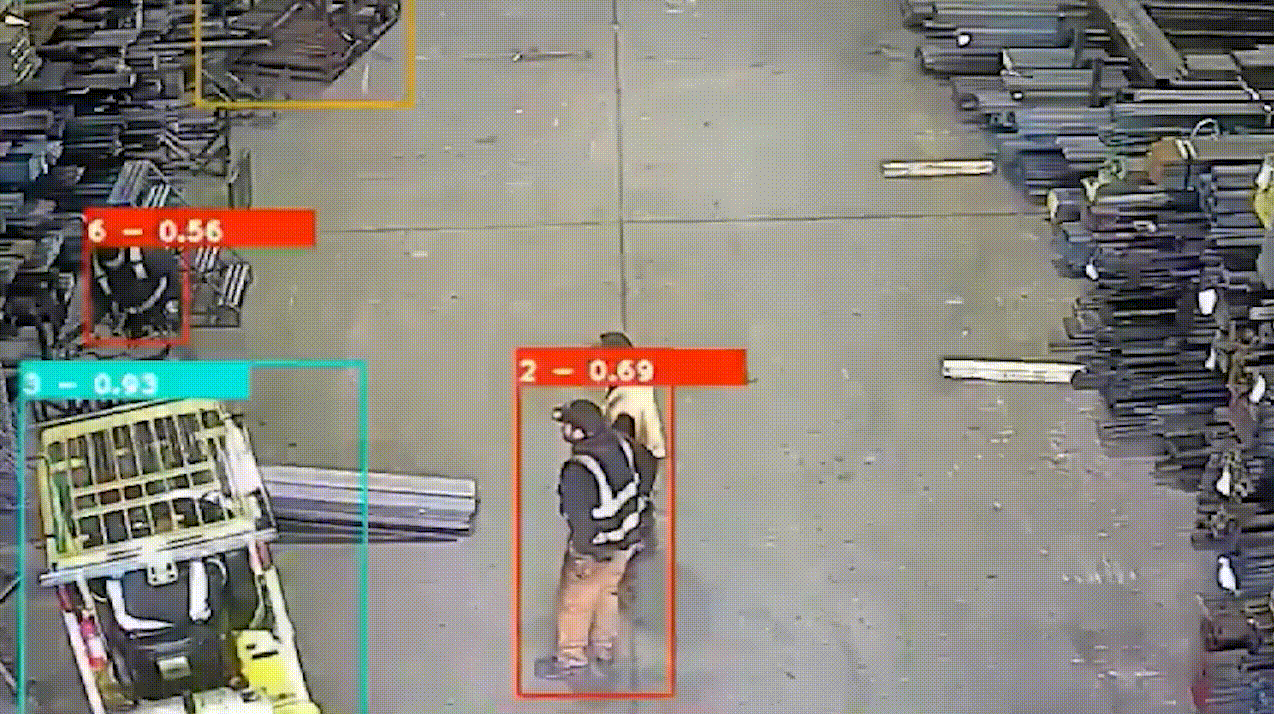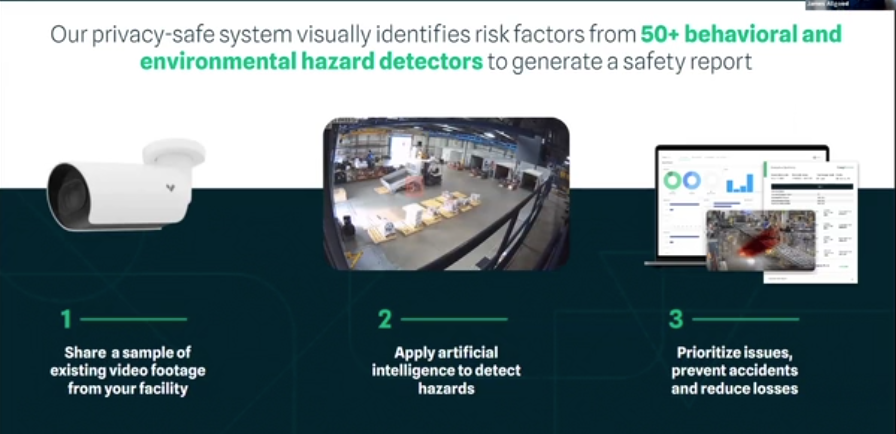Ergonomics, Resources, Workers' Comp, Workplace Safety
How To Reduce DART Rates
Reducing the dart rate is a critical goal for any safety manager, as it directly relates to the safety and well-being of employees in the workplace. The dart rate, also known as the days away, restricted, or transferred rate, measures the number of days employees are away from work due to occupational injuries or illnesses.
A high dart rate is a clear sign that a company needs to take action to improve safety in the workplace – which is something every company can do with the Intelligent Safety Platform and Safety Analytics from CompScience.
Here are some traditional strategies that safety managers can use to reduce the dart rate:
- Conduct a Safety Audit: The first step in reducing the dart rate is to identify the root causes of workplace injuries and illnesses. A comprehensive safety audit can help identify hazards and risks in the workplace. Once identified, the safety manager can prioritize the risks and develop a plan to eliminate or control them.
- Develop a Safety Program: Developing a comprehensive safety program is an essential step in reducing the dart rate. A safety program should include policies and procedures for hazard identification, risk assessment, and risk control. It should also establish clear expectations for employee behavior, provide training for employees, and ensure that all employees have access to the necessary personal protective equipment (PPE).
- Provide Training: Training is a critical element in reducing the dart rate. Employees should receive training on how to identify hazards, report incidents, and use PPE. Managers should also receive training on how to conduct effective safety inspections, investigations, and audits.
- Encourage Employee Involvement: Employees are the front-line defense against workplace hazards. Encouraging employee involvement in the safety program can be an effective way to reduce the dart rate. Employees should be encouraged to report hazards, participate in safety inspections, and suggest improvements to the safety program.
- Conduct Regular Safety Meetings: Regular safety meetings can help keep employees informed about the hazards in the workplace and the steps being taken to reduce the dart rate. These meetings can also provide an opportunity for employees to ask questions and make suggestions.
- Provide Safety Incentives: Providing incentives for safe behavior can be an effective way to reduce the dart rate. Incentives can include bonuses, recognition, or other rewards for employees who demonstrate safe behavior.
- Conduct Incident Investigations: Conducting thorough investigations of workplace incidents can help identify the root causes of injuries and illnesses. This information can be used to develop effective corrective actions to prevent similar incidents from occurring in the future.
- Monitor and Review Safety Performance: Monitoring and reviewing safety performance can help identify trends and areas for improvement. Safety managers should regularly review the dart rate and other safety metrics to assess the effectiveness of the safety program and identify areas for improvement.
In conclusion, reducing the dart rate is a critical goal for any safety manager. By conducting a safety audit, developing a comprehensive safety program, providing training, encouraging employee involvement, conducting regular safety meetings, providing safety incentives, conducting incident investigations, and monitoring and reviewing safety performance, safety managers can reduce the dart rate and improve the safety and well-being of employees in the workplace.
More resources:
Learn about Computer Vision Safety








